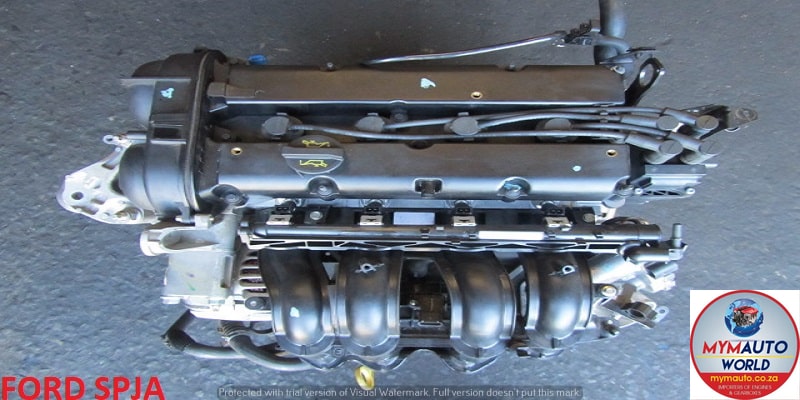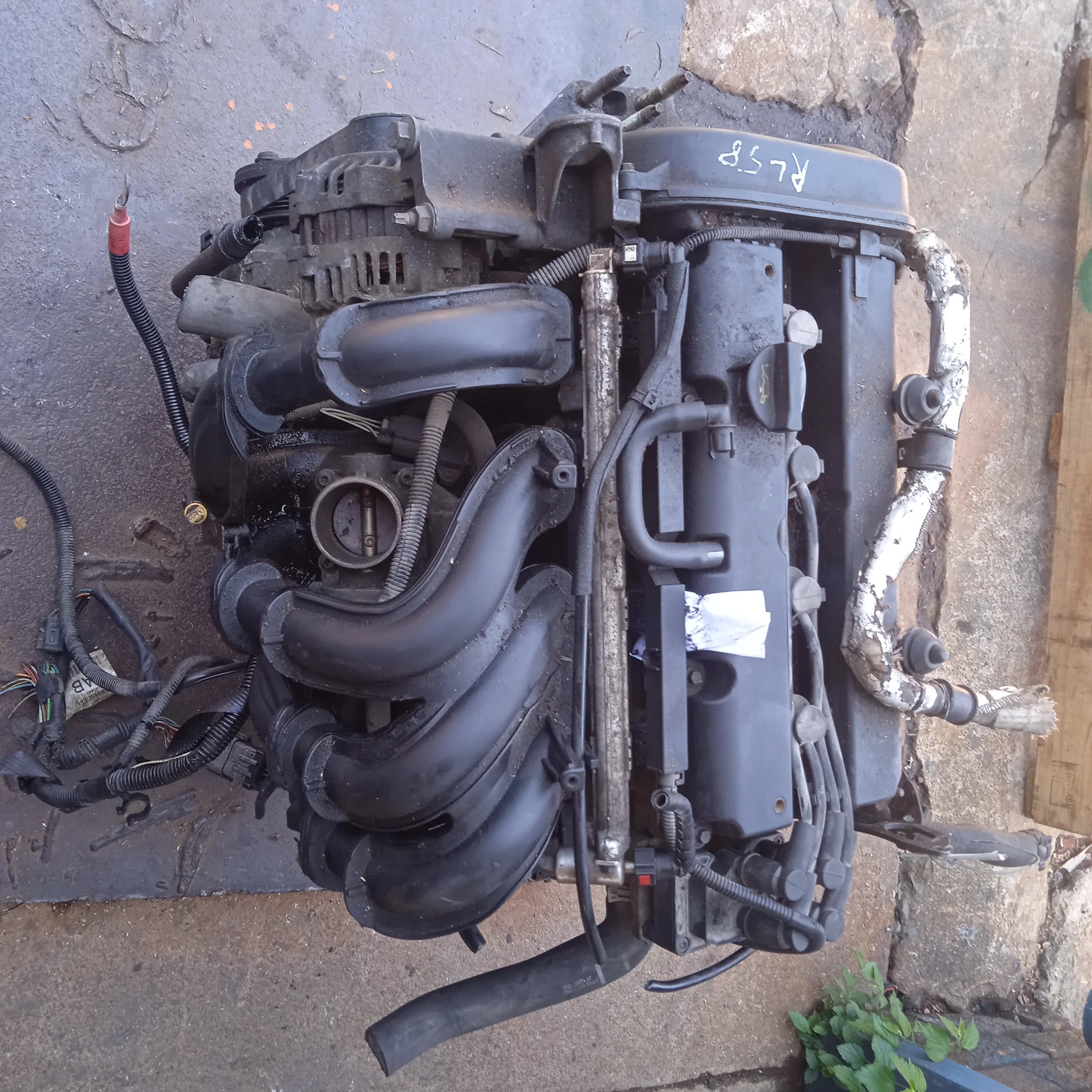Why Choosing the Right Ford Fiesta Engine Parts Matters for Longevity
Why Choosing the Right Ford Fiesta Engine Parts Matters for Longevity
Blog Article
Discovering the Development of Engines: From Classic Layouts to Modern Marvels
From the initial vapor engines that powered the Industrial Change to the introduction of interior combustion engines that changed mobility, each stage has actually contributed to better effectiveness and capability. As we check out these landmarks, one must take into consideration exactly how the future of engine layout may unravel, testing our assumptions of power and efficiency.
The Birth of Engine Innovation
The advent of engine innovation noted a turning point in human development, transforming power conversion and transport. The earliest engines emerged from the requirement to harness mechanical power for functional use, resulting in the advancement of devices that converted different energy kinds into motion. The idea of the engine can be mapped back to ancient people, where simple devices, such as the waterwheel and windmill, used all-natural forces to carry out job. It was during the late 17th and early 18th centuries that considerable improvements began to emerge.
The growth of the interior burning engine and the development of the heavy steam engine catalyzed a profound shift in industrial abilities. These engines not just enhanced efficiency however likewise increased the scope of human mobility, making it possible for unprecedented transportation possibilities. The early models prepared for the mechanical world, assisting in the increase of industries and reshaping social frameworks.
As engine styles evolved, they incorporated innovative materials and progressed engineering concepts, leading the way for modern-day advancements - ford fiesta engine. The birth of engine technology stired up a ruthless pursuit of performance and power, establishing the phase for the dynamic advancement of transportation and commercial equipment that would certainly comply with
Vapor Engines and Their Effect

The steam engine's influence was specifically apparent in the transportation industry (ford fiesta engine). Steam-powered engines facilitated the quick activity of goods and people across vast ranges, efficiently diminishing the geographical barriers that had previously impeded profession and interaction. Similarly, steamships reinvented marine travel, permitting quicker and extra trusted crossings of seas and rivers.
In sector, vapor engines powered factories, making it possible for mass manufacturing and the increase of metropolitan centers as hubs of financial activity. This change not just altered labor dynamics however likewise added to the emergence of a consumer-driven culture. Additionally, vapor innovation promoted innovations in design and manufacturing procedures, preparing for future advancements in engine layout. The tradition of heavy steam engines is extensive, mirroring a turning point in human ingenuity and the unrelenting search of development.
The Rise of Interior Combustion
Regularly outweighing steam power, the rise of interior burning engines marked a transformative shift in transport and sector during the late 19th and early 20th centuries. The growth of these engines, identified by their ability to shed fuel within the engine itself, allowed higher efficiency and power contrasted to conventional steam engines. Introducing innovators such as Nikolaus Otto and Rudolf Diesel played crucial roles in perfecting engine designs, resulting in widespread fostering in vehicles, watercrafts, and industrial equipment.
The interior combustion engine's portable size and relatively lightweight nature facilitated the appearance of individual lorries, revolutionizing specific mobility and improving city landscapes. By allowing faster traveling and the efficient transportation of products, these engines militarized economic development and fostered globalization. The flexibility of gas choices, including gas and diesel, even more enhanced their charm, enabling diverse applications throughout various fields.
Regardless of the environmental concerns that would later on emerge, the preliminary allure of interior burning technology stocked its transformative possibility. As culture embraced this technology, the foundation was laid for modern-day transport systems, establishing interior burning engines as a cornerstone of commercial advancement and life throughout the 20th century.
Improvements in Engine Efficiency
As inner combustion engines became indispensable to transportation and industry, the focus changed in the direction of enhancing their performance to fulfill growing needs for efficiency and sustainability. Innovations in engine style, product scientific research, and technology have actually dramatically added to this development.
One major development is the advancement of turbocharging, which permits for boosted air consumption, causing even more full gas combustion and enhanced power result without enlarging engine size. In addition, variable valve timing systems have been applied to optimize engine efficiency across different RPM arrays, thereby enhancing fuel efficiency.
The use of innovative fuel shot technologies, such as straight injection, has actually additionally played an important duty. This method enables even more specific control over the fuel-air combination, advertising far better combustion and reducing emissions. Furthermore, light-weight materials, including light weight aluminum and composite parts, have been adopted to lower overall engine weight, resulting in improved effectiveness.
These advancements reflect a broader fad within the vehicle industry, where the harmony in between design advancement and environmental factors to consider drives the recurring mission for higher efficiency in interior combustion engines. Therefore, modern engines are now a lot more powerful, cleaner, and effective than in the past, leading the way for an extra sustainable future in transport.
The Shift to Electric Power
With growing problems over ecological effect and nonrenewable fuel source dependency, the automobile market is experiencing a significant shift towards electrical power. This change is driven by a mix of technical advancements, governing stress, check out here and changing consumer choices. Electric cars (EVs) provide a compelling choice to conventional internal burning engines, boasting lowered greenhouse gas discharges and reduced operating costs.
The surge of battery technology has actually been a game changer, with lithium-ion batteries ending up being more cost-effective and reliable. Boosted energy thickness and faster billing capabilities have made EVs a lot more practical for everyday usage. Moreover, governments worldwide are executing motivations and establishing ambitious targets for phasing out fossil fuel automobiles, therefore accelerating the adoption of electrical power.
As billing facilities expands and battery innovation continues to boost, the change to electric power is positioned to improve the automobile landscape, promoting sustainability and advancement in the years to come. The future of transport is electrical, and the energy is obvious.
Conclusion
The evolution of engine innovation stands for find a significant trajectory of development that has exceptionally influenced transport and market. From the foundational heavy steam engines to the transformative interior combustion engines, each development has added to enhanced wheelchair and economic development. The current transition towards electrical power underscores an important dedication to sustainability, driven by advancements in battery modern technology. This ongoing development not only shows transforming societal needs but likewise highlights the potential for a cleaner and much more efficient future in engine layout.

Report this page